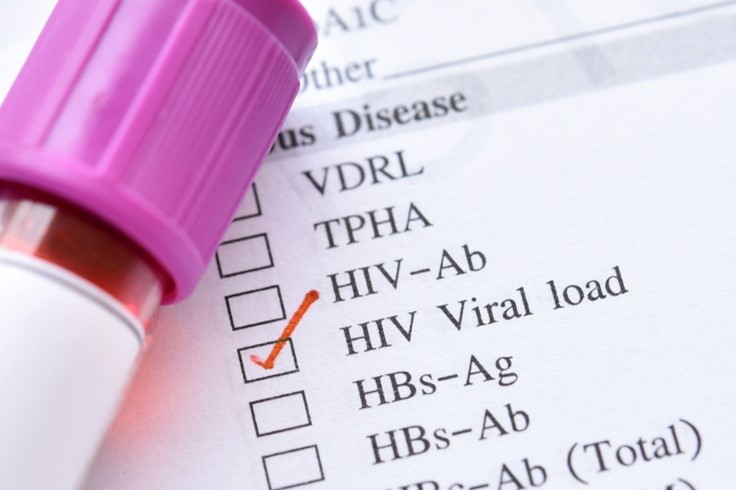Home > ASME Articles > Treating Clients’ Opioid Use Disorder with Medications Also Reduces Their HIV Viral Load
Addiction Science Made Easy
March 2022
CTN Dissemination Library
Key points:
 rates regardless of the type of medication for OUD they took (extended-release naltrexone, buprenorphine, or methadone)
rates regardless of the type of medication for OUD they took (extended-release naltrexone, buprenorphine, or methadone) Opioid use disorder (OUD) is common in people living with HIV and is associated with lower rates of getting antiretroviral therapy (ART), decreased adherence to ART, and decreased HIV viral suppression.
Research has shown that treatment for substance use disorders can also increase engagement in HIV care. For OUD, treatment with methadone or buprenorphine has been shown to decrease HIV transmission risk behaviors and improve both HIV and OUD outcomes.
Would treatment for OUD with extended-release naltrexone (XR-NTX), a deep muscle injection that lasts 28 days, also correspond to improved HIV outcomes?
This study, the NIDA Clinical Trials Network’s Comparing Treatments for HIV-Infected Opioid Users in an Integrated Care Effectiveness Study (CHOICES, CTN-0067), compared the effectiveness of HIV clinic-based administration of XR-NTX vs. treatment as usual (TAU; buprenorphine or methadone) in engaging people with OUD in care to improve HIV viral suppression.
Though the study had some challenges due to slow recruitment of participants, ultimately 114 participants with untreated HIV and OUD (62% male, 56% Black, 12% Hispanic) were enrolled and randomly assigned to one of the two treatment groups: XR-NTX or TAU (with buprenorphine or methadone plus the clinic’s standard schedule of medical care and behavioral support).
After 24 weeks, the two groups were compared in terms of both viral suppression and past 30-day use of opioids.
Though fewer XR-NTX participants ended up initiating medication treatment compared with TAU participants (47% vs. 73%), in those who did receive XR-NTX, viral suppression was comparable to TAU (52.7% compared to 49.2%). XR-NTX also resulted in fewer days of opioid use compared with TAU in the past 30 days.
Conclusions: In this randomized controlled trial, supportive, though not conclusive, evidence was found that HIV clinic-based extended-release naltrexone and buprenorphine or methadone treatment were comparable in terms of HIV viral suppression rates. However, participants who were successfully started on XR-NTX used less opioids than those receiving buprenorphine or methadone. Overall, the CHOICES trial affirms the importance of medications for OUD treatment for achieving HIV viral suppression in people who use drugs.